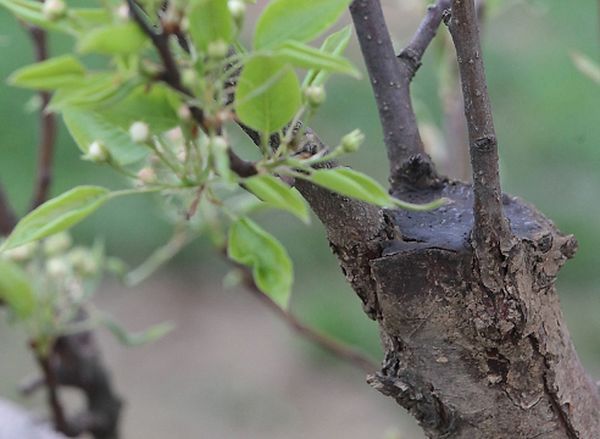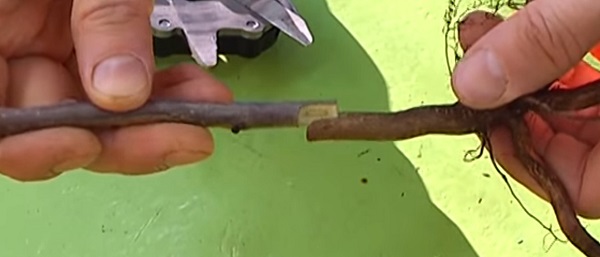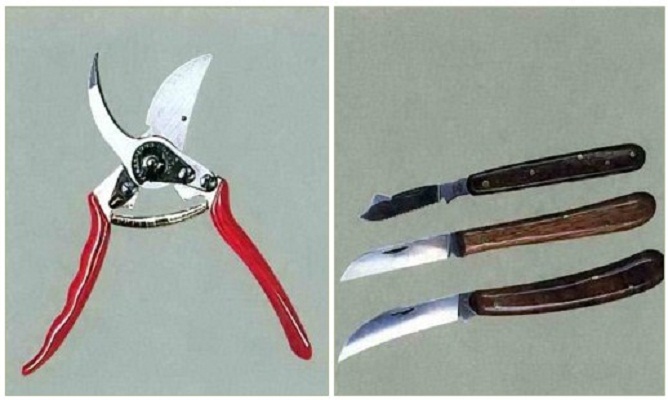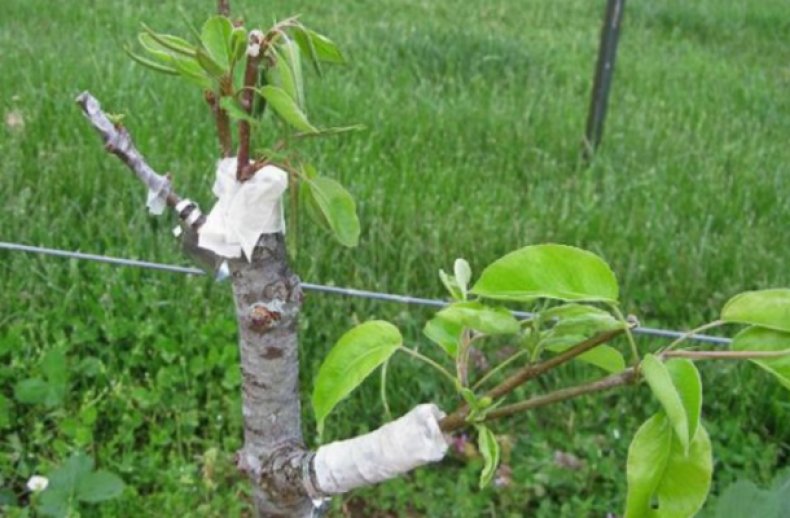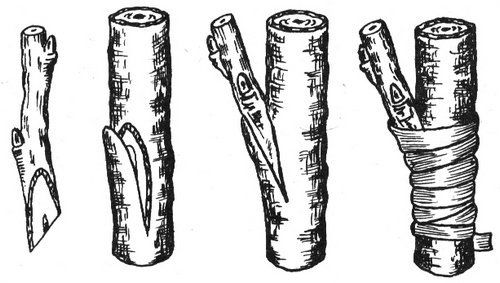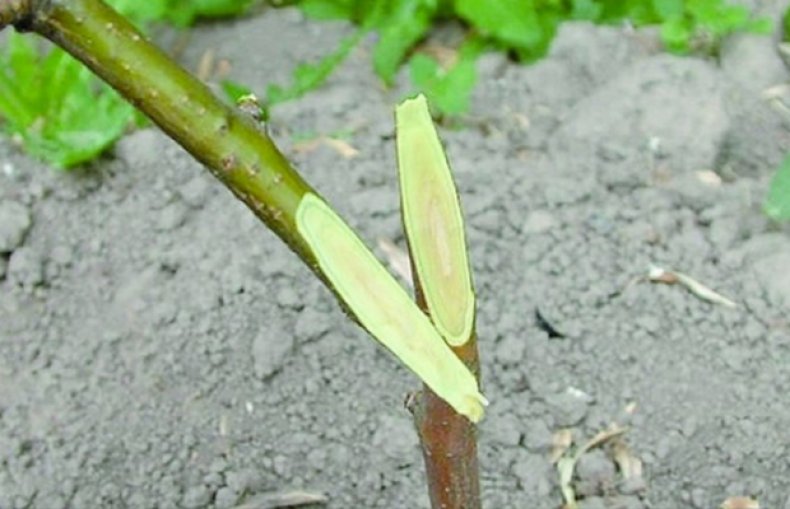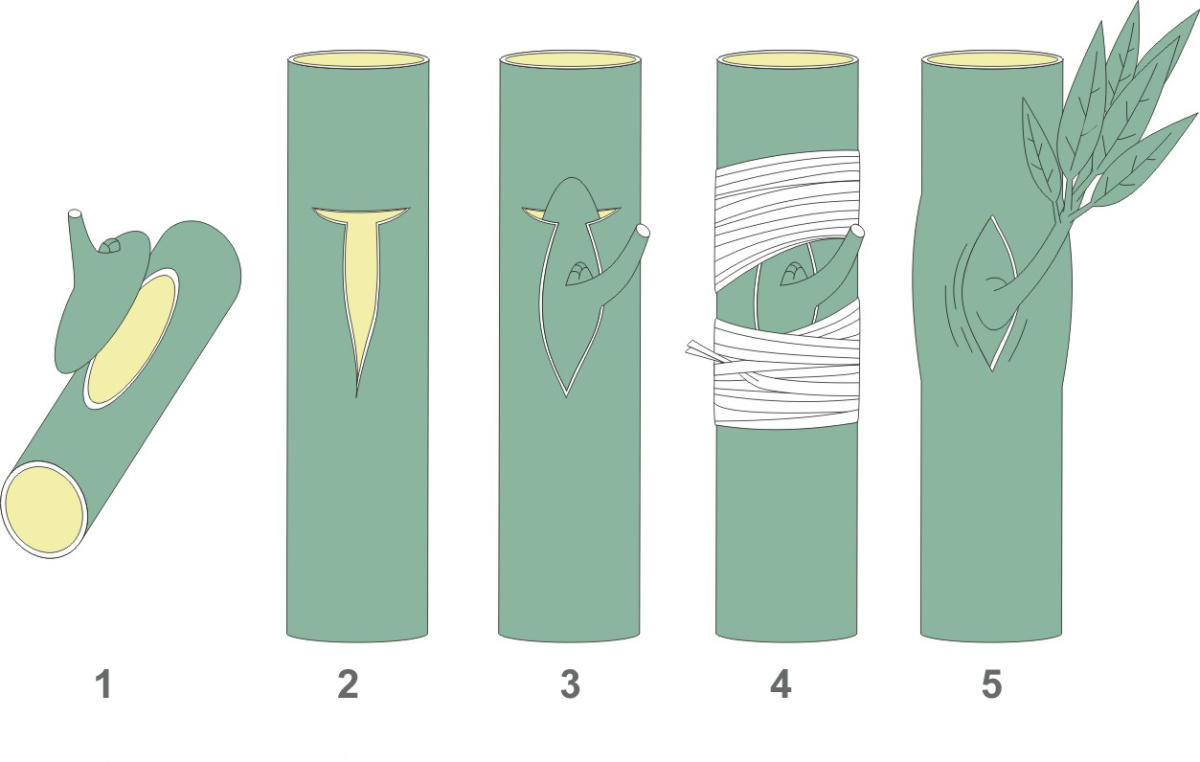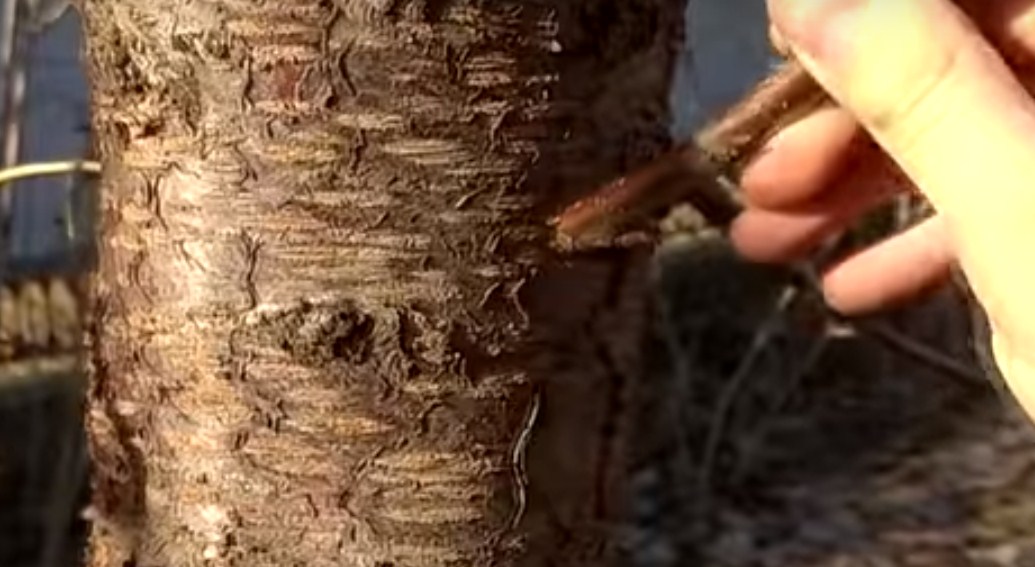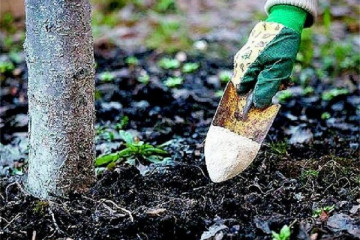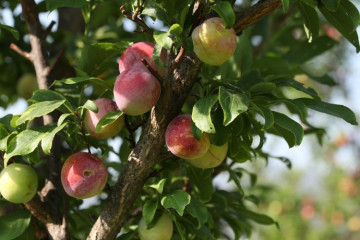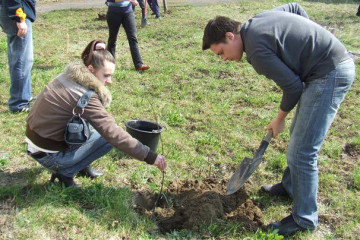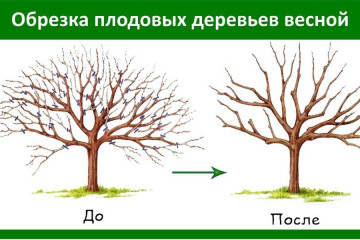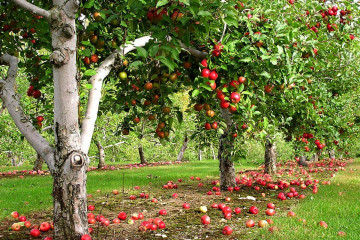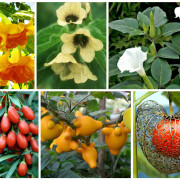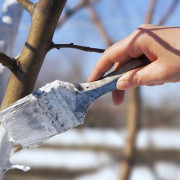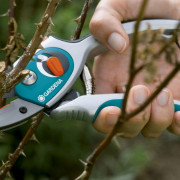Grafting trees in spring, ways of grafting fruit trees for beginners
Content:
It is no secret that summer residents and gardeners, planting fruit trees on their plot, dream of a garden that will delight with an abundance of fruits. However, purchased seedlings do not always meet expectations. Gardeners do not despair, the situation can always be corrected. On the strengthened trunks, you can vaccinate cuttings of the desired variety and get a good harvest over time.
Amateur gardeners who have created real magical gardens with several varieties of fruits on one trunk are always ready to share with budding gardeners how to plant trees, and the tricks of this procedure.
Vaccination is an interesting and exciting activity. The main thing is not to overdo it: do not vaccinate on fruit trees of a variety incompatible with the stock. In this case, the tree begins to ache, the leaves become smaller, and it dies over time.
Why grafting fruit trees
Grafting trees is a vegetative way of propagating plants. If a gardener wants to rejuvenate aged or diseased fruit trees, vaccination is indispensable. In this case, the seedling repeats the best properties of the mother plant. Alternatively, several varieties are planted on one trunk to save space in the garden.
What is a rootstock and a scion
To grow new plants, gardeners are inoculated using a scion and rootstock. In plain language, this is the implantation of the tissue of one plant into the tissue of another.
The main tree on which the cuttings or buds will be grafted is called the stock. Accordingly, buds and cuttings from another tree are called scion.
Gardeners recommend carefully studying the properties and characteristics of plants before grafting. You cannot combine two plants at will. There must be a family connection between them, so before grafting a tree, you should find out which rootstocks are suitable for this procedure.
Nursery workers do not have absolutely accurate information about the required compatibility, but grafting is considered successful if different varieties are grafted onto the same plant species. That is, you need to plant an apple variety on an apple stock, and a pear variety on a pear stock. There are some exceptions. For example, a graft of a plum stalk takes root well on cherry plum, a lemon stalk - on a bitter orange.
How to choose a stock
The rootstock stalk is selected so that it is compatible with the cultivar to be grafted. This is the foundation of the future tree on which the cutting of the cultivated variety will develop. The development and fruiting, as well as the taste characteristics of the fruit, depend on a properly selected stock.
The rootstock can be a broken tree that has retained its vitality, a stump with good roots, or a wild species of a related tree. The stalk takes root well on a tree that is more than two to three years old.It has a developed root system that supplies food to the petiole grafted to it.
How to choose a scion
The graft should be chosen so that it corresponds to varietal qualities such as yield, frost resistance, and disease resistance. Experienced gardeners are advised to take varieties that correspond to the growing regions as a scion.
You can make the preparation of the scion yourself.
Preparing cuttings
The time to prepare cuttings for grafting is the end of autumn and the end of winter. Basically, gardeners prefer to do the autumn harvesting of cuttings after the leaves fall off, with the onset of the first frost. At this time, disinfection from microbes and fungi occurs, the plant enters a phase of complete dormancy.
In the autumn harvesting, cuttings of a young fruiting tree are selected. Usually his age is from 3 to 7 years. The stalk can have a length of no more than 40 cm. Its diameter is about 5-7 cm. It should have growth and 4 developed buds. The distances between the nodes are short. In a small stalk, nature has invested the ability to give birth to a full-fledged tree with maternal properties transferred to it.
If it was not possible to prepare the cuttings in the fall, they are cut in early spring. A favorable time for this is March-April, depending on the region where the grafted plants grow. Summer grafting of fruit trees with green cuttings gives good results. In summer, cuttings are cut before grafting. For beginners, experienced gardeners recommend taking cuttings from trees that are regularly pruned.
Vaccination tools and supplies
To prepare and carry out the vaccination procedure, certain gardening tools are needed. These include a suitably shaped knife that allows you to make the cut you want. For different types of grafting, there are special equipment and all kinds of knives, but not a kitchen knife, which can damage the bark of a tree without a sharp enough blade. The quality of the inoculation depends on the knife.
To prepare the cuttings, garden shears are used - secateurs, thanks to which a smooth, clean cut is made. For grafting behind the bark, a special budding knife is used, in which there is an additional blade for separating the bark.
For tying the grafted area, a special strapping material is used: elastic grafting strips, budding patches. Places of cuts are lubricated with light-permeable wood grease using grafting strips.
Optimal timing for vaccination
When is the best time to plant trees? Based on the experience of gardeners, it is better to vaccinate in a warm season, when there is the greatest likelihood of good engraftment of the cuttings and tightening of the wound from the incision. Gardeners say that grafting trees is best done in the spring. The best dates and times for vaccination are in May. At this time, sap flow occurs in the tree. If the stalk does not take root, it is possible to repeat the procedure again during the summer months: July-August.
Grafting methods for fruit trees
Before starting the procedure for grafting fruit trees at home, you need to familiarize yourself with the rules for its implementation.
A good result can be expected when young trees are grafted with good annual growth. Gardeners with extensive experience in coloration recommend grafting varieties with the same ripening period on the tree.
If the varieties ripen at different times, there is a chance to get the harvest of those fruits, the ripening period of which is earlier. A crop with late ripening may not be obtained at all. Gardeners recommend grafting strong-growing varieties to the lower part of the trunk, and weakly growing to the upper part.
Before you start grafting a fruit tree, you need to study and understand which method is best for a tree or shrub, what are its advantages and disadvantages.
For the bark
The simplest vaccination is for the bark. Best of all, it takes root during the movement of the juice, in the month of April-May. Then the bark is easily separated from the wood. The main thing is to make the correct oblique cut in the handle. It is made with a sharp knife, creating an ideal surface for joining the cambium of the rootstock and the scion. Next, the wrapping is done with film.
Side cut
This coloration is done on the side of a branch or seedling. The advantage of this type of gardeners consider early fruiting. For example, a young tree brings its first harvest in 5-7 years, grafted in this way - in 2-3 years.
This grafting is used by gardeners to align one-sided types of crowns.
Into the cleft
Grafting in the cleft, gardeners use this method to renew their gardens. The top is cut off from the tree, the base is cut. A scion stalk is inserted into the slot. The time for vaccination is spring.
Copulation
This type of grafting is used when the rootstock and scion are fairly thin and of the same thickness. Both branches are cut obliquely at the same angle, the cut is the same length.
By connecting the cuts, a winding is performed that fixes both branches. Copulation is usually done in April.
Ablactation
Ablation is rarely used today, although it is a simple vaccination method. For her, the bark is removed from the stock and scion, and the branches are applied to each other. The connection is wrapped with a special material and covered with pitch or plasticine.
Budding
The most common is the method of budding a healthy kidney with a bark shield with a scion cuttings. The best time for budding is the summer months: from mid-July to mid-August. Usually the bud takes root in the fall, in the spring of next year it sprouts.
This type of vaccination requires a minimum of vaccine material.
Grafting a cutting with a drill
The essence of such an inoculation boils down to drilling a hole in a large tree with a drill, 8 mm in diameter to a depth of 4-5 cm. A suitable branch of the same diameter with four buds is taken. In it, the bark is cleaned from the edge, which will be inserted into the drilled hole.
Planting the cutting should be such that the unpeeled bark goes a little into the hole.
How long does the vaccine take root
For a grafted cutting to take root on a new plant, an exchange of juices must occur between it and the main plant. The scions take root most successfully during the movement of the juice. This period falls in the spring and early summer.
If coloration occurs in the spring-summer months, after a couple of weeks you can observe the swelling of the buds on the scion, this indicates that the vital activity of the plant has intensified. For example, when tinting with eyes, you can make sure after 12-15 days that the peephole has taken root, while the petiole disappears, and you need to loosen the strapping.
It is not difficult to paint plants. The main thing is to follow the advice and take into account the experience of gardeners.
